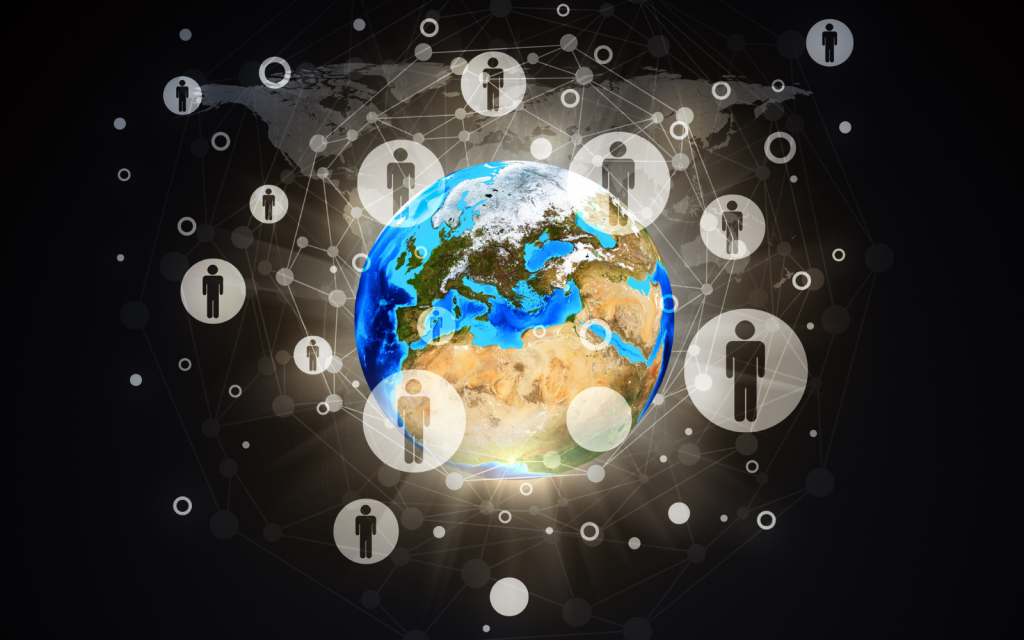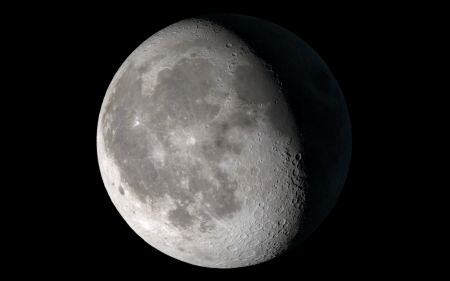Here’s one definition of science: it’s essentially an iterative process of building models with ever-greater explanatory power.
A model is just an approximation or simplification of how we think the world works. In the past, these models could be very simple, as simple in fact as a mathematical formula. But over time, they have evolved and scientists have built increasingly sophisticated simulations of the world as new data has become available.
A computer model of the Earth’s climate can show us temperatures will rise as we continue to release greenhouse gases into the atmosphere. Models can also predict how infectious disease will spread in a population, for example.
Computer models can be rejected if experimental evidence does not support them. So there’s a kind of arms race to keep models competitive as new data appears. And the revolution occurring in the field of artificial intelligence (AI) could make these vital tools even better.
Take weather and climate forecasting. The numerical models used to predict weather are large, complex and demanding in terms of the amount of computing power needed to run them.
They are also unable to learn from past weather patterns. However, methods based around artificial intelligence, including a subset of AI known as machine learning, have shown huge potential to improve on what we currently have.
Machine learning involves creating algorithms (sets of mathematical rules to perform particular tasks) that can learn from data and apply these lessons to unseen data.
But until recently, weather models that incorporated machine learning techniques weren’t considered suitable for what’s called ensemble forecasting, a set of forecasts that shows the range of possible future weather conditions. Nor were they useful for weather and climate simulations over the longer term, as opposed to near-term forecasts.
However, a recent study published in Nature showed that a machine learning model called NeuralGCM produces ensemble forecasts that were just as good as the leading models. It could also produce realistic long-term forecasts of changes in the climate.
Machine learning models have to be “trained” by feeding them lots of data, from which they learn and improve at what they do. The training process is expensive and requires a lot of computer power.
However, after a model is trained, using it to make predictions is comparatively fast and cheap. The results show that AI can enhance the large-scale physical simulations that are essential for understanding and predicting the climate system.
Big data
As the British statistician George E.P. Box said, “All models are wrong but some models are useful.” We must also remember that all measurements are wrong. There is always some noise present in our data and it is not an entirely accurate reflection of the state of the world.
But models employing machine learning are enabled by “big data”. Vast stores of information and measurements can be used to train these models, giving them ever-greater predictive power. In general, big data is characterised by the three v’s: volume, velocity and variety.
Data now arrives in bigger volumes, at greater velocity, and with increased variety. This is partly due to the way that different electronic devices can be connected, via what’s called the “Internet of Things”.
Improving our understanding of how the Earth’s climate system will evolve in coming decades will be vital for informing efforts to tackle greenhouse emissions. It will also help us adapt to the effects of global warming.
Models using machine learning and another AI-based approach called deep learning have been used to detect and track COVID-19. Researchers have developed machine learning models that incorporate clinical, genetic and lifestyle factors to predict an individual’s risk of developing cardiovascular disease.
Scientists have also used the AI technique of deep reinforcement learning to develop tools that allow them to control the hot plasma necessary to generate nuclear fusion reactions.
Read More: An AI system has reached human level on a test for ‘general intelligence’. Here’s what that means
In the past, AI was a fairly narrow field with very specific applications, such as playing chess. With the dawn of generative AI, its uses are much broader, with the technology able to create new content such as text, images and video.
This moves us closer to the goal of general artificial intelligence, where the technology becomes capable of carrying out any task a human could do. Building computer-based models of the world with the help of artificial intelligence represents another major milestone.
The world of science is starting to recognise the power of AI, as seen in the award this year of two Nobel prizes for work involving artificial intelligence. Maybe we are not that far away from a Nobel prize being awarded to an AI – or even a situation where a machine decides who to award the prizes to.
- is a Reader in Computer Science, Loughborough University
- This article first appeared in The Conversation




